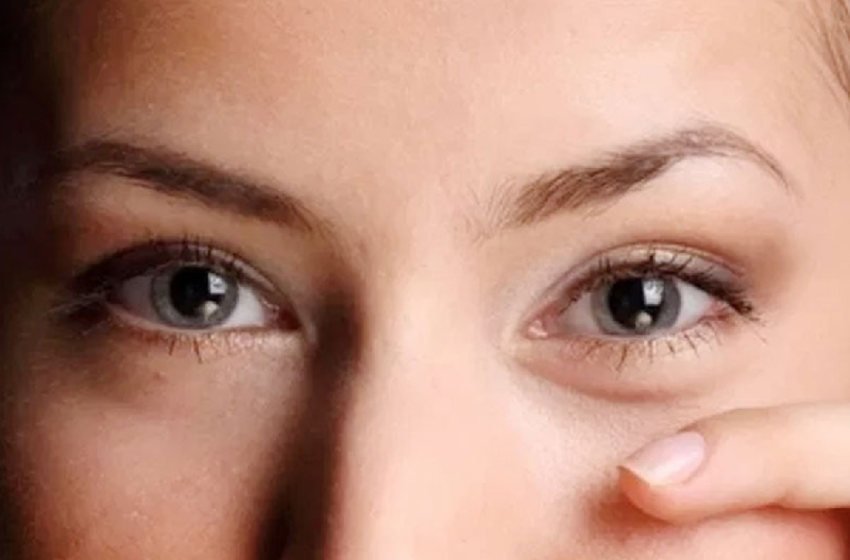Symptoms and Treatment for Cholesterol Accumulation in the Eyes

Cholesterol can build up around the eyes, resulting in fatty, yellowish lumps. About the fact that these deposits are normally harmless, they may also indicate a dangerous underlying problem. Cholesterol and other natural fats can induce growths around the eyelids. A xanthelasma is one of these growths (zan-the-laz-mah). Xanthelasmata is a grouping of many growths. A xanthelasma can grow for no obvious reason. It may, however, be a symptom of high cholesterol, hypothyroidism, or a liver issue.
The signs, causes, diagnosis, and Cholesterol Deposits Treatment of cholesterol deposits on the eyes are discussed in this article.
Signs and Symptoms
- Cholesterol deposits are yellowish lumps that are soft and smooth. They usually grow symmetrically around both eyes and show on the upper and lower eyelids, on the inner corner of the eye.
- This lesion may either stay the same size or steadily develop over time. They sometimes merge to form larger lumps.
- In most cases, xanthelasmata are not unpleasant or itchy. They rarely impair vision or eyelid function, but they can induce drooping of the eyelid.
Reasons behind this
Cholesterol deposits may occur at any age, but they are more common in people in their middle years. Women are more likely to get them than males. The precise origin of these deposits is unclear to the medical community. A xanthelasma, on the other hand, is linked to elevated lipid levels in the blood, a condition known as dyslipidemia. Dyslipidemia is diagnosed when a person has the following symptoms:
- Low-density lipoprotein (LDL) levels are high (LDL) cholesterol (the “bad” kind)
- HDL (high-density lipoprotein) cholesterol — the “good” cholesterol — levels are low.
- low net cholesterol amounts (both LDL and HDL)
- triglyceride levels that are too high
Cholesterol can build up on the walls of arteries as a result of dyslipidemia. Blood supply to the heart, brain, and other parts of the body may be limited as a result of this accumulation. Angina, heart failure, stroke, and peripheral arterial disease are all increased by it.
Inherited diseases, such as hereditary hypercholesterolemia, are related to dyslipidemia.
Hypertriglyceridemia in the family is a lack of lipoprotein lipase. Despite being in otherwise good health, a person with one of these conditions could have abnormally high lipid levels.
As a result, these illnesses are referred to as major causes of dyslipidemia.A diet rich in saturated fat and cholesterol can be a secondary source of dyslipidemia.
Secondary reasons include conditions related to one’s lifestyle, such as:
- Being overweight or obese without consuming enough exercise or physical activity eating a high-fat, high-cholesterol diet.
- Excessive alcohol consumption
- Tobacco items for smoking
Some dyslipidemia risk factors include:
- Diabetes mellitus
- A chronic kidney disorder is a disease that affects the kidneys
- Blood pressure that is too high
- Cirrhosis of the central bile duct and a few other liver diseases
- A diagnosis of stroke or heart attack in the family
Beta-blockers, oral contraceptives, retinoids, and anabolic steroids are some of the drugs that can do this.Even in people with normal lipid levels, cholesterol deposits on the eyelids are linked to an elevated risk of heart attack and cardiac failure.
The prognosis
People who have cholesterol deposits should have their lipid levels checked by a doctor.
Visual examinations are normally sufficient to diagnose Xanthelasmata. If the doctor is uncertain, a scrape or examination can be submitted to a laboratory for research and Cholesterol Deposits Treatment. The doctor can also ask for blood checks for diabetes and liver function, as well as a standardized cardiovascular risk assessment.